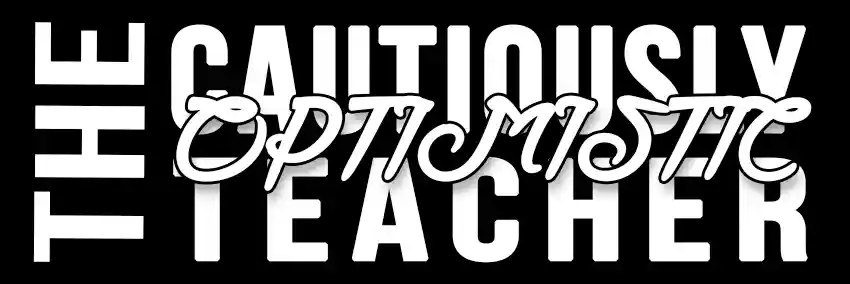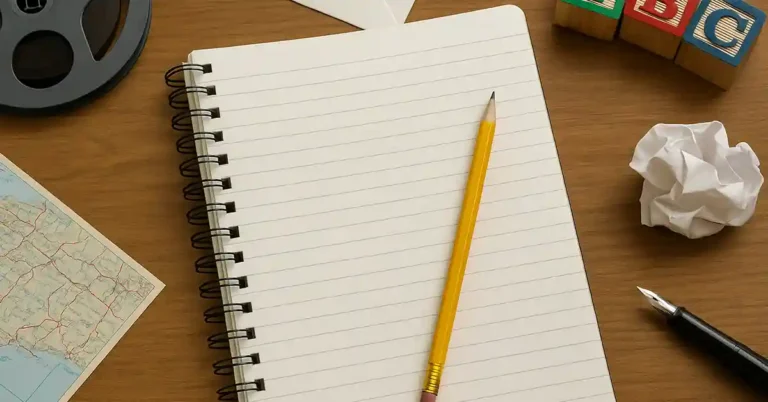Job Skills Matchup: A Hands-On Career Exploration Activity for Students
If you’ve ever asked your students, “What do you want to be when you grow up?” and been met with blank stares or answers like “a YouTuber” or “someone who gets paid to nap” (relatable), then it might be time to introduce the Job Skills Matchup game into your classroom.
This simple, hands-on activity helps students understand the connection between specific careers and the skills those careers require. It’s career exploration wrapped up in a game—and they won’t even realize they’re learning (cue evil teacher laugh).
How to Implement the Job Skills Matchup Game
You’ll need two sets of cards:
Set A: Job Title Cards
Include a variety of careers from different sectors. Aim for diversity in both industry and education requirements. Examples:
Civil Engineer
Nurse
Software Developer
Chef
Teacher
Auto Mechanic
Graphic Designer
Entrepreneur
Social Worker
Electrician
Set B: Skill Cards
For each job in Set A, create 2–4 cards listing key skills. Examples:
Critical Thinking
Communication
Attention to Detail
Physical Stamina
Empathy
Math Skills
Problem-Solving
Creativity
Time Management
Technical Know-How

Master Speed Reading and Memory
Unlock the secrets of speed reading and memory mastery. This practical guide helps you boost your reading speed, sharpedn recall, and learn smarter — starting today.
Steps to Play:
Shuffle the Skill Cards (Set B) and distribute them randomly to students.
Display or hand out the Job Title Cards (Set A) in a central area.
Working individually or in small groups, students must walk around, compare notes, and try to match their skill cards to the correct job(s).
After the matches are made, reveal the correct pairings and have a class discussion about why certain skills align with certain careers.
Extensions & Variations
Reverse the Game: Give students job titles and ask them to come up with the skills they believe are needed. Then reveal the official ones.
Add Realism: Bring in guest speakers or show video interviews of people in these careers to reinforce skill requirements.
Reflective Writing: Have students choose one job they found interesting and write about which of their personal strengths could lead them to success in that career.
Skills Resume: After playing the game, ask students to create a resume for one of the job titles using the matched skills.
Why This Activity Works
The Job Skills Matchup game is more than just an engaging way to kill 30 minutes (although it is that too). Here’s what makes it powerful:
Builds Career Awareness: Students learn what various jobs actually entail, beyond the job title.
Connects Strengths to Careers: They begin to see where their current abilities and interests might align with future paths.
Emphasizes Skill Development: It shifts the focus from “What job do you want?” to “What skills do you need to get there?”—a much more actionable approach.
Promotes Collaboration: When done in groups, students develop communication and teamwork skills as they negotiate their matches.
Final Thoughts
When we ask students to dream about the future, we often forget to give them the tools to build that future. The Job Skills Matchup activity helps bridge that gap in a fun, accessible way.
So, the next time someone says they want to be a “professional sleeper,” at least you can ask what skills that job might require. (We’re betting on “cozy blanket management” and “advanced napping techniques.”)








